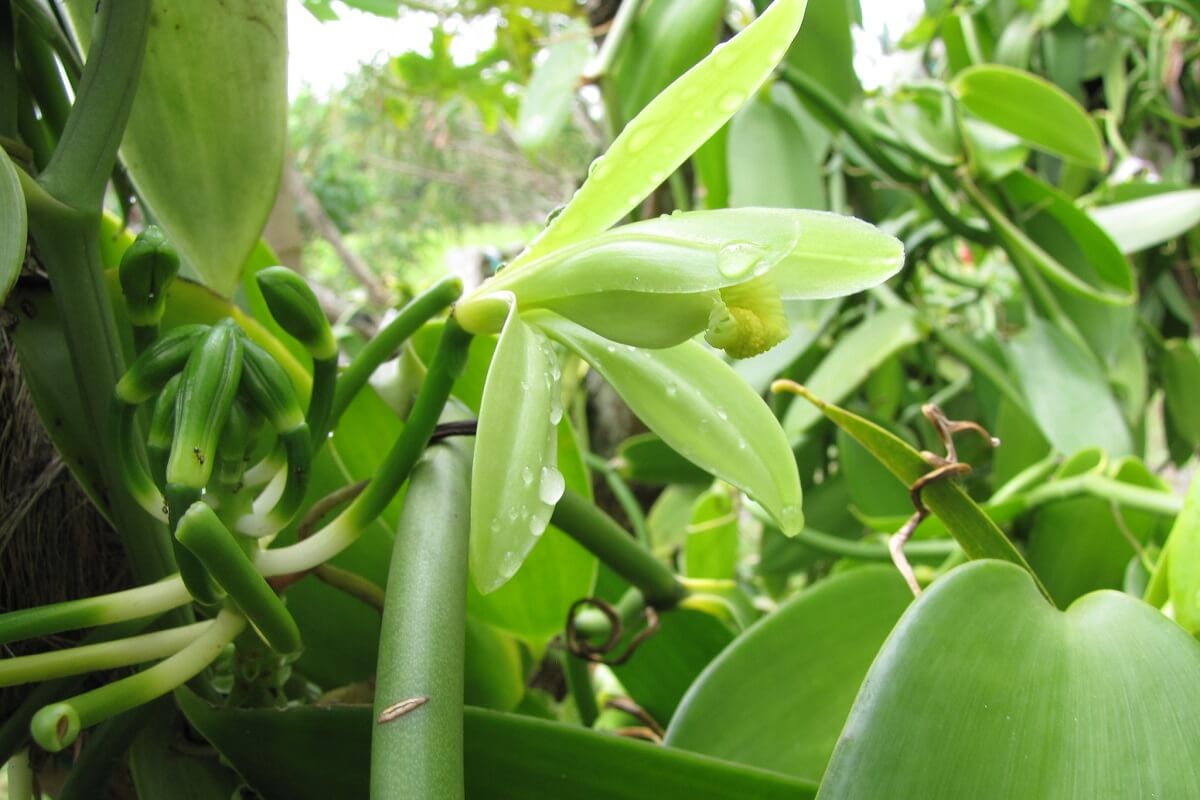

The curing and aging process takes another 3 months. The long bean-like fruit of the vanilla (vanilla beans) must remain on the vine for 9 months to develop the sought-after aroma. Otherwise, pollination must be done manually. The non-native orchid bee, Euglossa dilemma, has been established in Southern Florida and could potentially be a pollinator. And once flowering is over, the plant begins producing its famous fruits: vanilla beans. Some species can flower for even longer periods of time. planifolia will go on flowering for about 2 months. Each showy flower lasts for only one day but V. Characteristics: The plant grows up the tree in a zigzag pattern and a mature plant can have several hundred bell-shaped fragrant flowers of white, yellow or pink.In the home garden, train roots back to the ground for further nutrition to encourage large strong vines. Fertilize every 2 weeks in spring and summer. Can take 3-5 years from cuttings to flower production. Use a planting mix of half bark, half potting mix to start cuttings. Root and stem rot (browning and wilting). Other fungal diseases include antracnose and mildew. Pests/Diseases: Cuban garden snails and slugs.Soil Moisture: high humidity, to 80%, pots need excellent drainage.Suitable pH: acid, neutral and basic (alkaline) soils. Soil/PH/Texture: Hn grow in nutritionally poor soil.Light Needs: Bright filtered shade, indirect sunlight.Growth: Fast growing vine - doesn’t require lot of space.Florida's swamps are home to four native species: V. Rainforests of South and Central America, Mexico, Tahiti and Madagascar. Origin: native to Florida and the Americas.Scientific Name: Vanilla planifolia, Vanilla pompano (S.Common Name: Vanilla Orchid (Other common names: Flat leaved Vanilla).


 0 kommentar(er)
0 kommentar(er)
